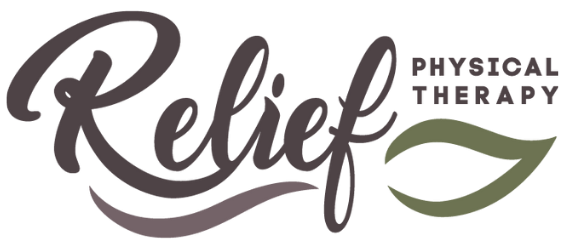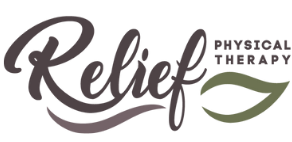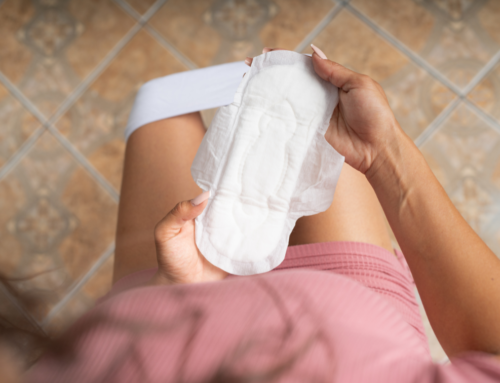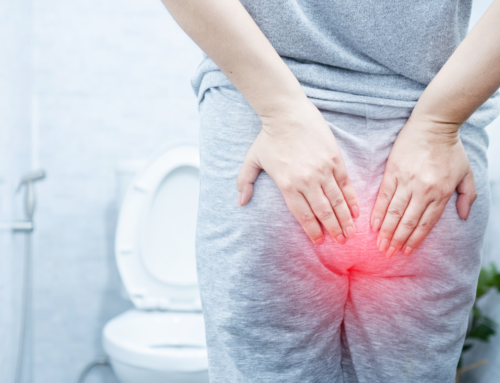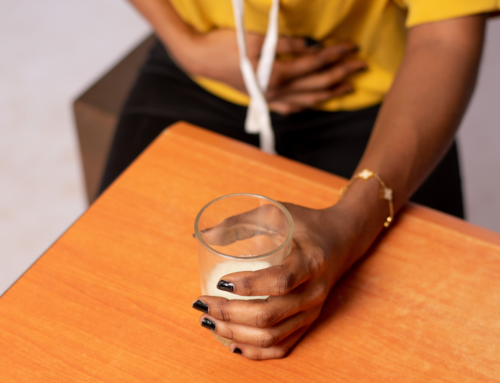
Navigating Pelvic Organ Prolapse: Understanding Your Treatment Options
Navigating Pelvic Organ Prolapse: Understanding Your Treatment Options
Pelvic Organ Prolapse (POP) is a common condition that affects many individuals, impacting their daily lives and overall well-being. People with POP report symptoms of heaviness or dragging and difficulty with basic body functions such as urination, stooling, and intimacy.
Fortunately, there are several treatment options available to address the symptoms and improve the quality of life for those dealing with POP. Unfortunately pelvic health is not widely understood, and your medical practitioner may not be aware of all of the options. Let’s explore different treatment approaches to help you make informed decisions about your pelvic health.
Pelvic Organ Prolapse (POP) is a common condition that affects many individuals, impacting their daily lives and overall well-being. People with POP report symptoms of heaviness or dragging and difficulty with basic body functions such as urination, stooling, and intimacy.
Fortunately, there are several treatment options available to address the symptoms and improve the quality of life for those dealing with POP. Unfortunately pelvic health is not widely understood, and your medical practitioner may not be aware of all of the options. Let’s explore different treatment approaches to help you make informed decisions about your pelvic health.

Understanding Pelvic Organ Prolapse:
Understanding Pelvic Organ Prolapse:
Before delving into treatment options, let’s briefly review what POP entails. Pelvic Organ Prolapse occurs when the pelvic organs, such as the bladder, uterus, or rectum, descend or bulge into the vaginal wall. This can result from a variety of influencing factors that compromise support and weaken the vaginal tissue. Weakened or damaged pelvic floor muscles, poor trunk and core control, and hormonal changes can all play a role.
Before delving into treatment options, let’s briefly review what POP entails. Pelvic Organ Prolapse occurs when the pelvic organs, such as the bladder, uterus, or rectum, descend or bulge into the vaginal wall. This can result from a variety of influencing factors that compromise support and weaken the vaginal tissue. Weakened or damaged pelvic floor muscles, poor trunk and core control, and hormonal changes can all play a role.
Treatment Options:
Treatment Options:
Pelvic Floor Physical Therapy:
What is it?
Pelvic floor physical therapy addresses muscle coordination, strength, flexibility, and stability to improve support and reduce unwanted pressure pushing the organs downward.
How does it help?
Therapists work with individuals to improve core strength, posture, and functional movement patterns to alleviate symptoms, and provide education on lifestyle changes and pessary use as needed. Therapists that specialize in pelvic floor can provide a Non-invasive, personalized approach with proven effectiveness.
Pelvic Floor Physical Therapy:
What is it?
Pelvic floor physical therapy addresses muscle coordination, strength, flexibility, and stability to improve support and reduce unwanted pressure pushing the organs downward.
How does it help?
Therapists work with individuals to improve core strength, posture, and functional movement patterns to alleviate symptoms, and provide education on lifestyle changes and pessary use as needed. Therapists that specialize in pelvic floor can provide a Non-invasive, personalized approach with proven effectiveness.
Lifestyle Modifications:
What are they?
Lifestyle changes may include changes in technique for daily activities, improving body awareness and posture, and incorporating regular exercise.
How do they help?
Healthy lifestyle changes which could include movement and exercise techniques, posture awareness, toileting habits, diet modifications, use of supportive garments, can reduce pressure on the pelvic floor, increase support, and contribute to overall well-being. These techniques are Non-invasive, can be applied individually, are relatively inexpensive, and support long-term pelvic health.
Lifestyle Modifications:
What are they?
Lifestyle changes may include changes in technique for daily activities, improving body awareness and posture, and incorporating regular exercise.
How do they help?
Healthy lifestyle changes which could include movement and exercise techniques, posture awareness, toileting habits, diet modifications, use of supportive garments, can reduce pressure on the pelvic floor, increase support, and contribute to overall well-being. These techniques are Non-invasive, can be applied individually, are relatively inexpensive, and support long-term pelvic health.
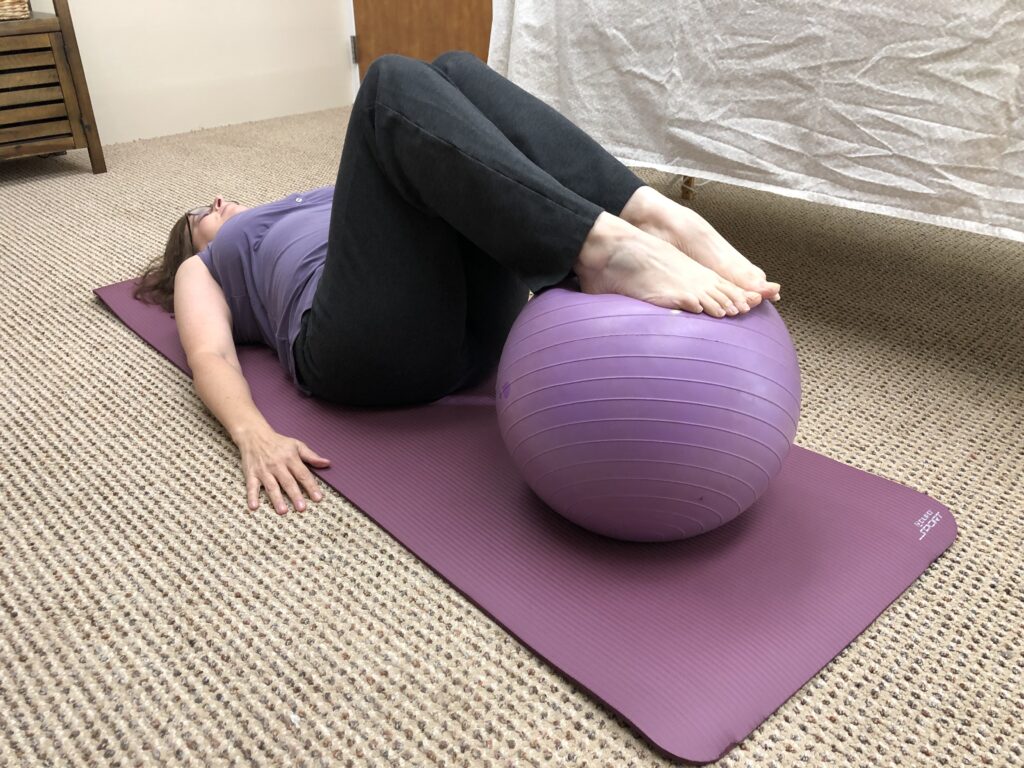
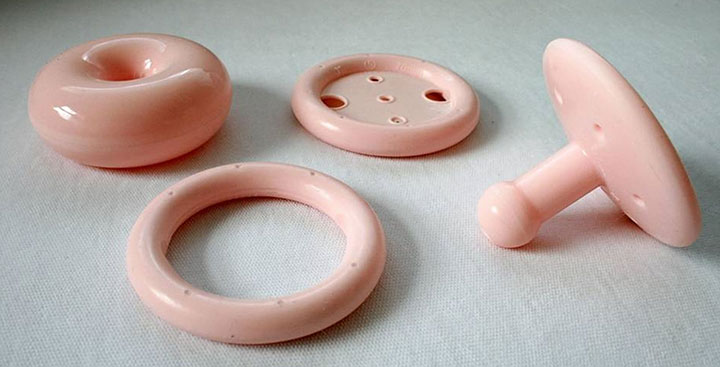
Pessary Use:
What is it?
A pessary is a silicone or plastic device inserted into the vagina to provide support to the prolapsed organs.
How does it help?
The pessary sits on top of the pelvic floor muscles and helps lift and support the pelvic organs, reducing symptoms like pressure internal sagging, and incontinence. It can be managed individually, or with the in office help of a medical practitioner that has training with pessaries. Pessaries are Non-surgical, reversible, and suitable for those who may not want, or be candidates for surgery.
Pessary Use:
What is it?
A pessary is a silicone or plastic device inserted into the vagina to provide support to the prolapsed organs.
How does it help?
The pessary sits on top of the pelvic floor muscles and helps lift and support the pelvic organs, reducing symptoms like pressure internal sagging, and incontinence. It can be managed individually, or with the in office help of a medical practitioner that has training with pessaries. Pessaries are Non-surgical, reversible, and suitable for those who may not want, or be candidates for surgery.
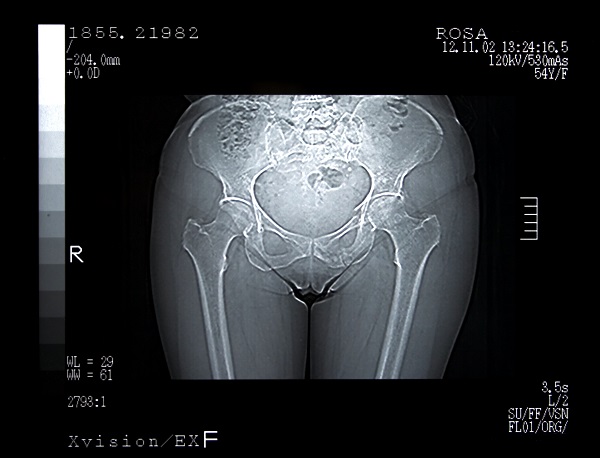
Surgical Intervention:
What is it?
Surgical procedures, such as hysterectomy or pelvic reconstruction, may be recommended in severe cases.
How does it help?
Surgery aims to reduce organ descent by attaching them to other structures in the pelvis, or removing them all together. This technique can provide long-term relief from POP symptoms. Keep in mind that excision can weaken the supportive ligaments in the pelvis and make other organs more vulnerable to possible prolapse, consequently, pelvic floor therapy is recommended in conjunction with surgery to maintain pelvic health long term.
Surgery can be effective for more advanced cases. Recent advancements in suegery have developed minimally invasive techniques.
Surgical Intervention:
What is it?
Surgical procedures, such as hysterectomy or pelvic reconstruction, may be recommended in severe cases.
How does it help?
Surgery aims to reduce organ descent by attaching them to other structures in the pelvis, or removing them all together. This technique can provide long-term relief from POP symptoms. Keep in mind that excision can weaken the supportive ligaments in the pelvis and make other organs more vulnerable to possible prolapse, consequently, pelvic floor therapy is recommended in conjunction with surgery to maintain pelvic health long term.
Surgery can be effective for more advanced cases. Recent advancements in suegery have developed minimally invasive techniques.
Hormone Therapy:
What is it?
Hormone replacement therapy (HRT) may be considered for postmenopausal people to address hormonal changes affecting pelvic tissue. HRT can be administered orally (Systemic) or Topically (Local).
How does it help?
HRT can improve tissue elasticity and improve muscle response to exercise and stretch. HRT addresses cellular changes to muscle and connective tissue that reduce some POP symptoms. Changes in the tissue from lack of estrogen due to menopause can be reduced and in some cases reversed with HRT. Oral HRT can address other global symptoms of menopause such as reducing Hot flashes, and mood swings. Topical HRT absorbs into the tissue and does not enter the bloodstream, making it safe to use for many patients with history of cancer. However, you should ask your oncologist before starting topical estrogen.
Hormone Therapy:
What is it?
Hormone replacement therapy (HRT) may be considered for postmenopausal people to address hormonal changes affecting pelvic tissue. HRT can be administered orally (Systemic) or Topically (Local).
How does it help?
HRT can improve tissue elasticity and improve muscle response to exercise and stretch. HRT addresses cellular changes to muscle and connective tissue that reduce some POP symptoms. Changes in the tissue from lack of estrogen due to menopause can be reduced and in some cases reversed with HRT. Oral HRT can address other global symptoms of menopause such as reducing Hot flashes, and mood swings. Topical HRT absorbs into the tissue and does not enter the bloodstream, making it safe to use for many patients with history of cancer. However, you should ask your oncologist before starting topical estrogen.

Pelvic Organ Prolapse is a manageable condition
Pelvic organ Prolapse is a Manageable Condition

Pelvic Organ Prolapse is a manageable condition with a variety of treatment options catering to individual needs and preferences. Whether through pelvic floor physical therapy, lifestyle adjustments, non-surgical interventions like pessaries, or surgical procedures, individuals have choices that can significantly improve their pelvic health.
consult with a healthcare professional, such as a pelvic floor physical therapist or a gynecologist to discover the best options for you. With a well rounded approach, you can get back to the things you love.
Pelvic Organ Prolapse is a manageable condition with a variety of treatment options catering to individual needs and preferences. Whether through pelvic floor physical therapy, lifestyle adjustments, non-surgical interventions like pessaries, or surgical procedures, individuals have choices that can significantly improve their pelvic health.
consult with a healthcare professional, such as a pelvic floor physical therapist or a gynecologist to discover the best options for you. With a well rounded approach, you can get back to the things you love.
